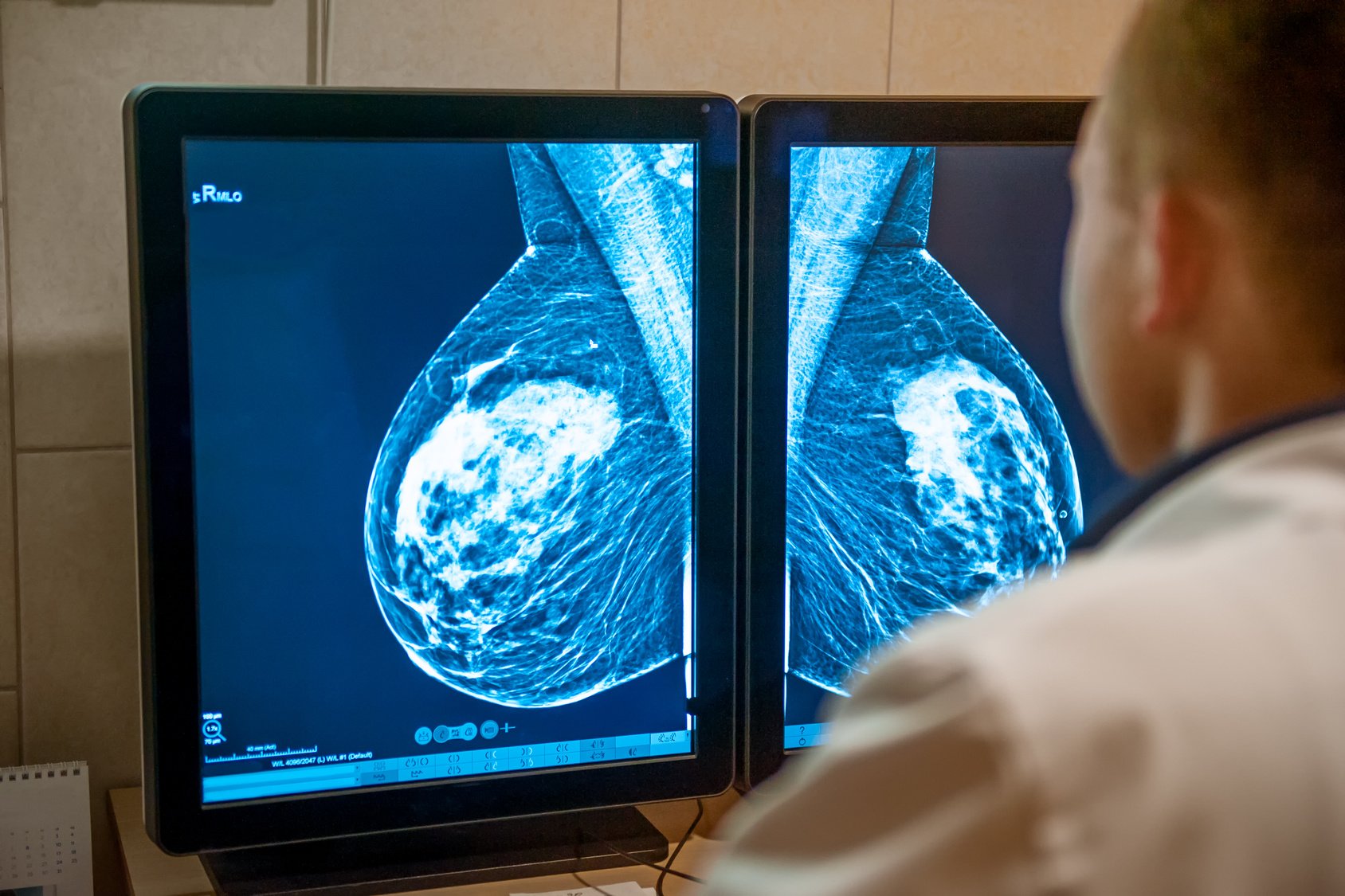An X-ray of a breast is known as “Mammography.” Mammograms are done to detect breast cancer early when it’s small and even before a lump can be felt. That’s when it's likely to be easiest to treat. For women experiencing symptoms such as a lump, pain, skin dimpling, or nipple discharge, a mammogram may examine cancer symptoms or another condition. An annual mammography screening is recommended for every woman after 40.
What happens during a Mammography?
Mammograms are done with a special machine advanced to examine only breast tissue. The machine takes X-rays at lower doses ( much lower than usual chest X-rays). It has 2 plates that compress or flatten the breast to spread the tissue apart. Further, it generates a high-quality image and allows less radiation to be used. Multiple images of the breast are taken and displayed on a computer screen and examined for signs of cancer.
Some women may feel mild discomfort depending on the sensitivity of their breasts, but the pressure lasts only a few seconds.
What Mammography can detect?
The size of the tumor, the density of the breast tissue, and the technician's skill vary the mammogram results. Mammography is less likely to reveal breast tumors in younger women than 35. It may be because younger women have denser breast tissue that appears white on a mammogram. Similarly, a tumor appears white on a mammogram, making it challenging to detect.
Results:
The oncologist may recommend further tests, such as an ultrasound or MRI if an abnormality is detected. A biopsy may be performed to determine whether the mass is cancerous.
Instructions:
- Avoid scheduling mammography during or after menstruation, as breasts may be tender or swollen.
- Avoid using perfume, baby powder, powder, lotion, or creams on the skin surface before the test.
- Wear a loose top and pants instead of tight clothing. We will provide a wrap or gown to wear.
- Keep a record of previous results or tests, if any.




